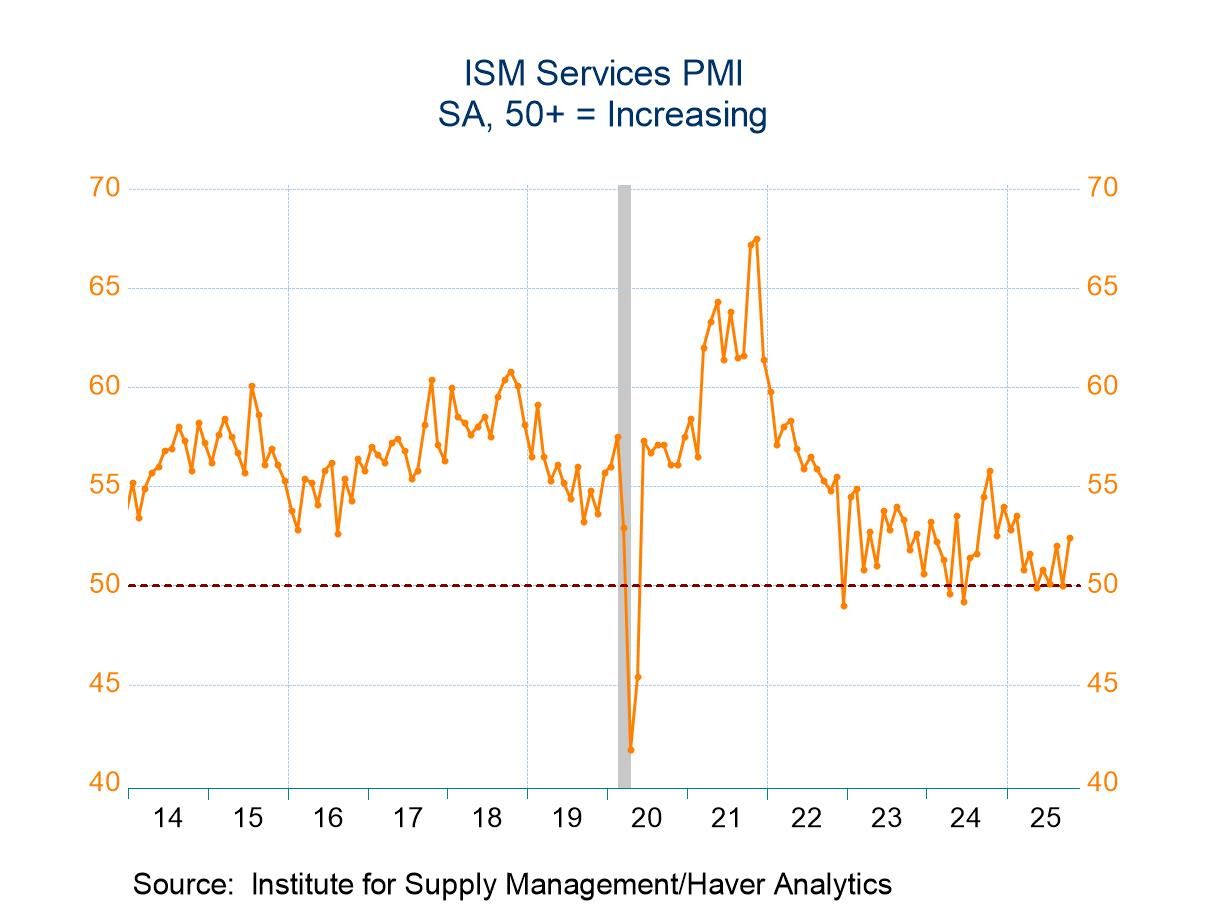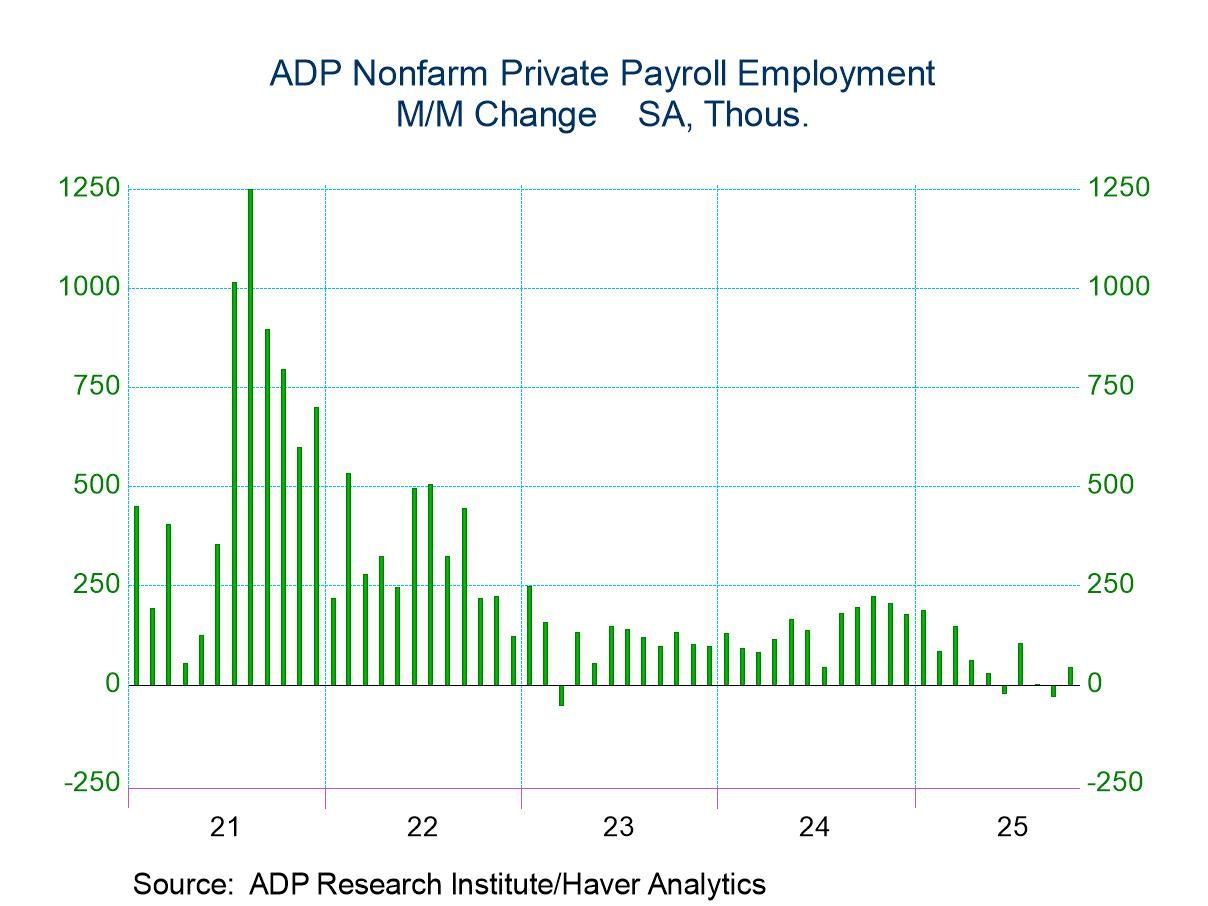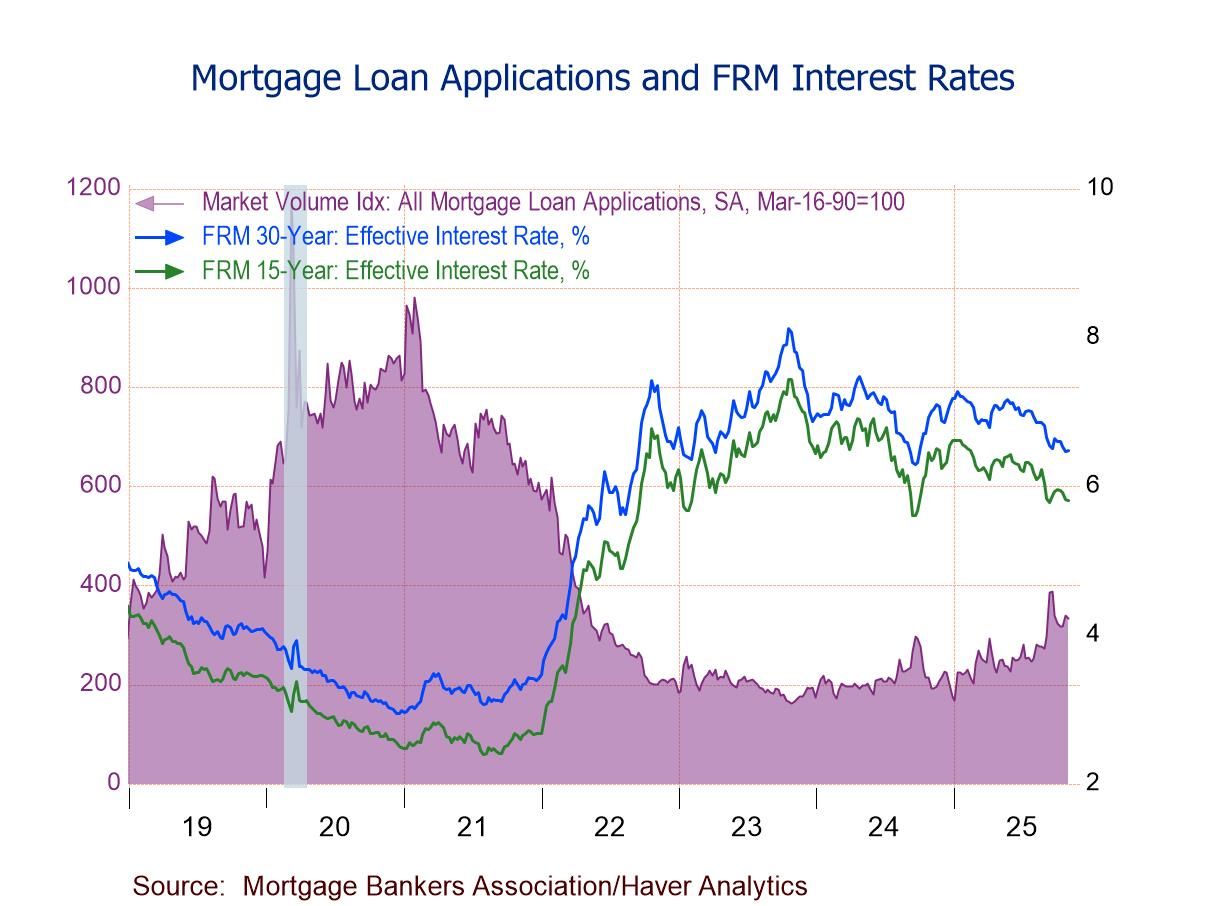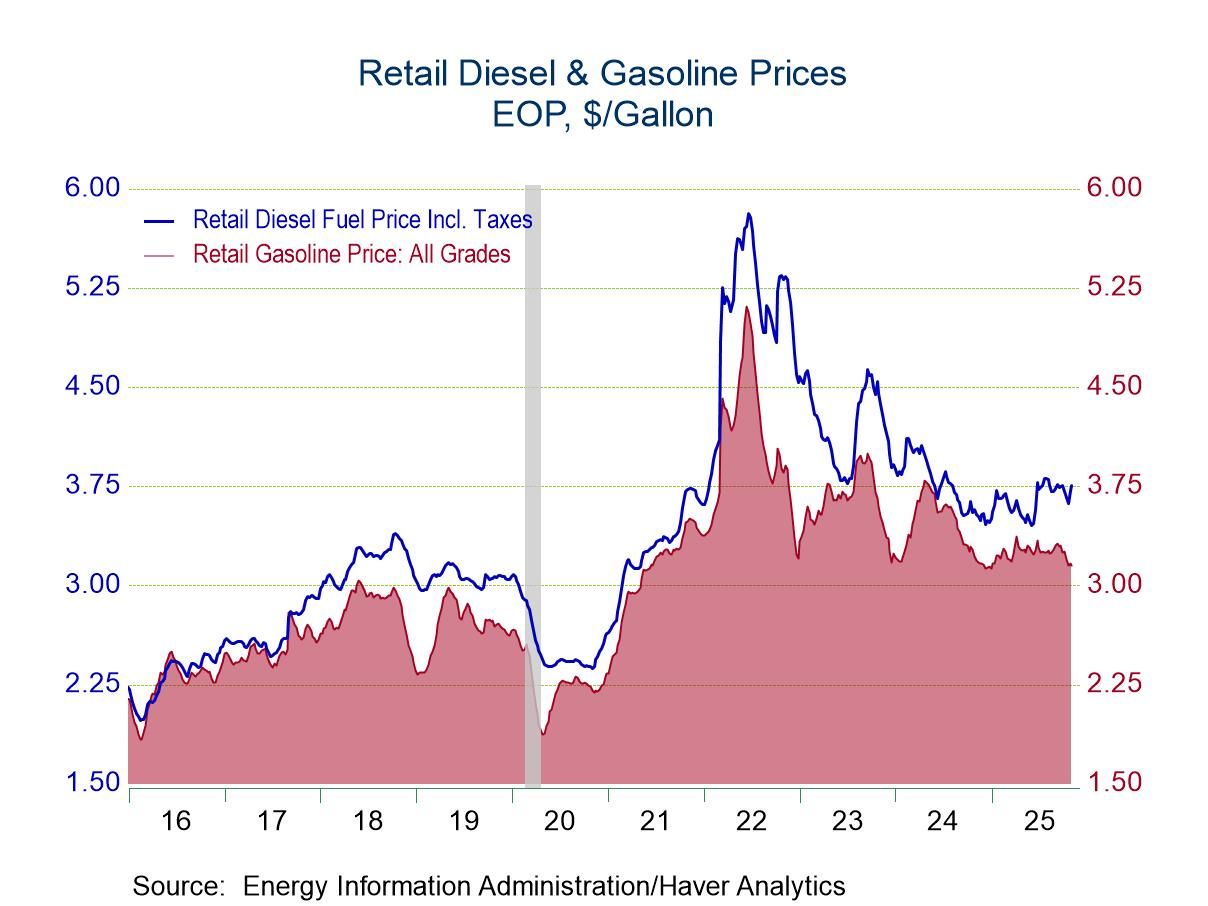 Global| May 28 2019
Global| May 28 2019Real Income by State and MSA: 2017
Summary
BEA released on May 16 estimates of real personal income by state and metro area for 2017. The considerably lag reflects the methodology BEA uses to compute this data. First, estimates are made of consumer spending at these levels, [...]
BEA released on May 16 estimates of real personal income by state and metro area for 2017. The considerably lag reflects the methodology BEA uses to compute this data. First, estimates are made of consumer spending at these levels, both in real and nominal terms. These detailed numbers rely on source data that takes some time to compile. Second, the resulting detailed price estimates are applied to the income numbers, which, particularly at the MSA level, also come in with a lag. Nevertheless, the resulting estimates shed some more detailed light on regional disparities.
To no great surprise, considering the data on employment and real output, real income generally grew more rapidly in the West in 2017. New York, however, was, by an appreciable margin, the fastest growing state (4.5 percent vs. 3.9 percent for number 2 Oklahoma). The Plains and the Mississippi Valley contained most of the weaker states, with both Dakotas reporting outright declines.
Perhaps more interesting than the fairly stale numbers on 2016-2017 growth are the data on the levels of real income and the regional price differences. As everybody knows, the high-price regions are the two Coasts/Northeast has the highest prices. 15 states (and DC) have prices higher than the national average; Colorado and Vermont are the only two states in this group that don't border the Atlantic or Pacific Oceans (DC is also in here, and to be technical about it, DC doesn't border salt water). Virginia is also listed as a high-price state; likely reflecting costs in the DC suburbs—North Carolina prices are more than 10 percent lower. Also not surprising, price levels are lowest in Appalachia and parts of the deep South. Mississippi is lowest, with its price level nearly 30 percent under Hawaii's.
Taking into account price disparities modifies, but does not radically alter, rankings of state per capita incomes. DC is still at the top; Mississippi still at the bottom. In nominal terms, DC's per capital income was more than twice Mississippi's in 2017. In chained 2012 dollars, DC was a bit less than 60 percent higher. The most striking difference is California, which goes from more than 15 percent higher than the national average in nominal per capita income to less than 2 percent above in real terms. Hawaii also suffers a large setback: in current dollars, about 2 percent higher than the national figure; in real terms, about 12 ½ percent lower.
Charles Steindel
AuthorMore in Author Profile »Charles Steindel has been editor of Business Economics, the journal of the National Association for Business Economics, since 2016. From 2014 to 2021 he was Resident Scholar at the Anisfield School of Business, Ramapo College of New Jersey. From 2010 to 2014 he was the first Chief Economist of the New Jersey Department of the Treasury, with responsibilities for economic and revenue projections and analysis of state economic policy. He came to the Treasury after a long career at the Federal Reserve Bank of New York, where he played a major role in forecasting and policy advice and rose to the rank of Senior Vice-President. He has served in leadership positions in a number of professional organizations. In 2011 he received the William F. Butler Award from the New York Association for Business Economics, is a fellow of NABE and of the Money Marketeers of New York University, and has received several awards for articles published in Business Economics. In 2017 he delivered Ramapo College's Sebastian J. Raciti Memorial Lecture. He is a member of the panel for the Federal Reserve Bank of Philadelphia's Survey of Professional Forecasters and of the Committee on Research in Income and Wealth. He has published papers in a range of areas, and is the author of Economic Indicators for Professionals: Putting the Statistics into Perspective. He received his bachelor's degree from Emory University, his Ph.D. from the Massachusetts Institute of Technology, and is a National Association for Business Economics Certified Business EconomistTM.






